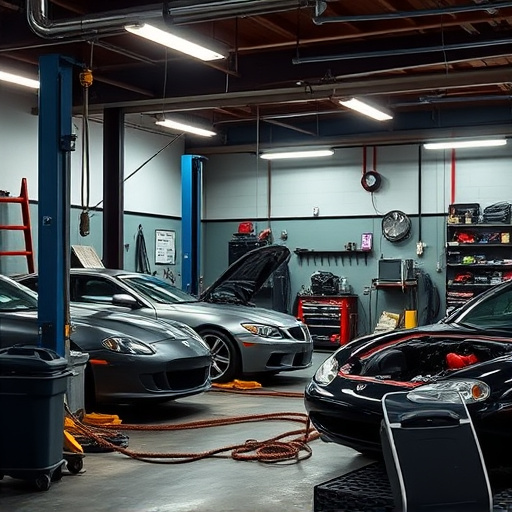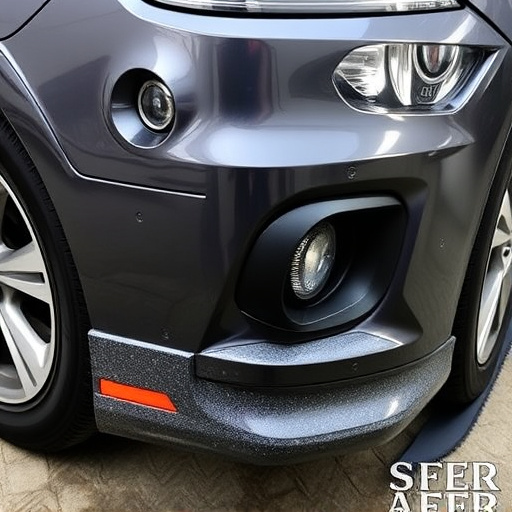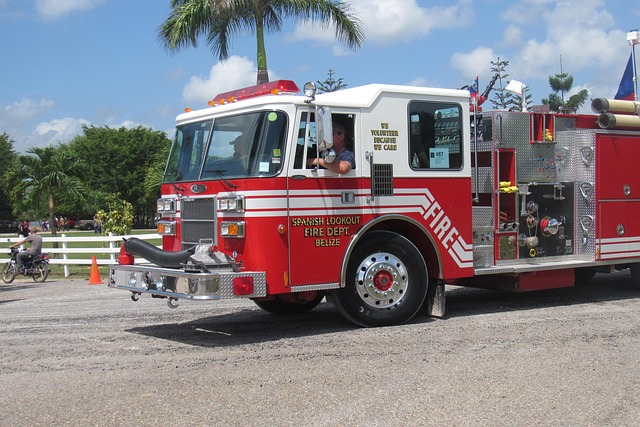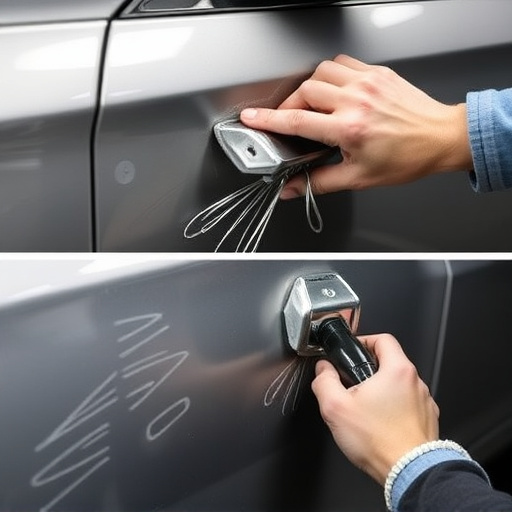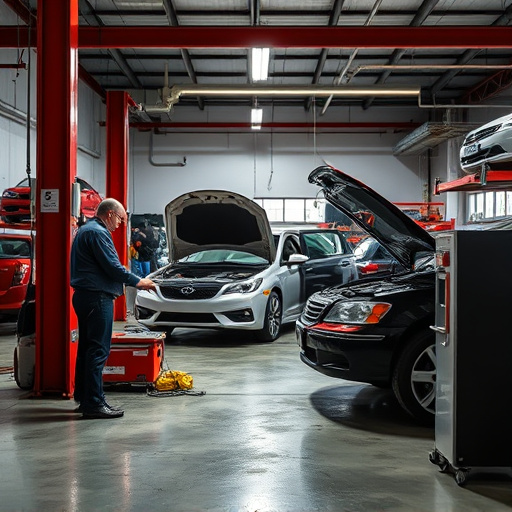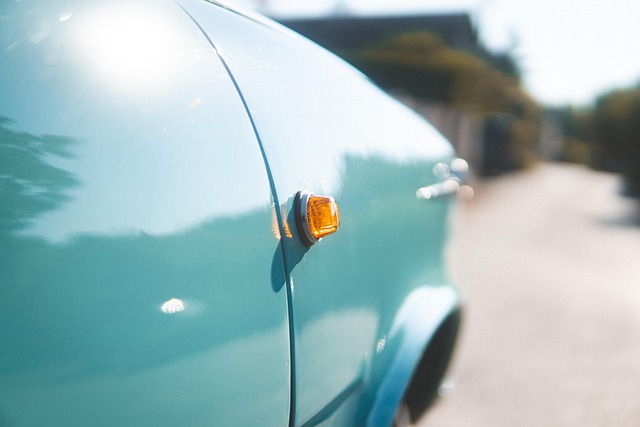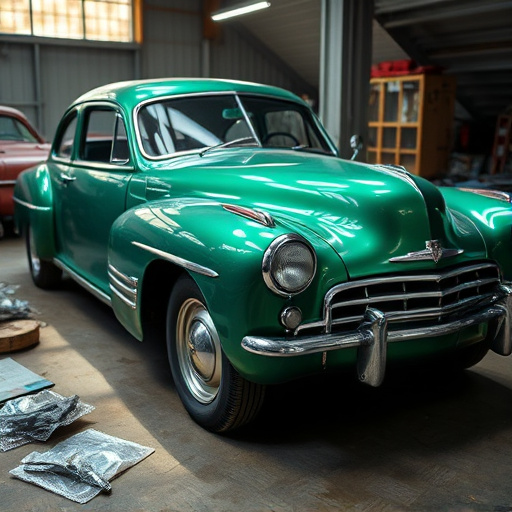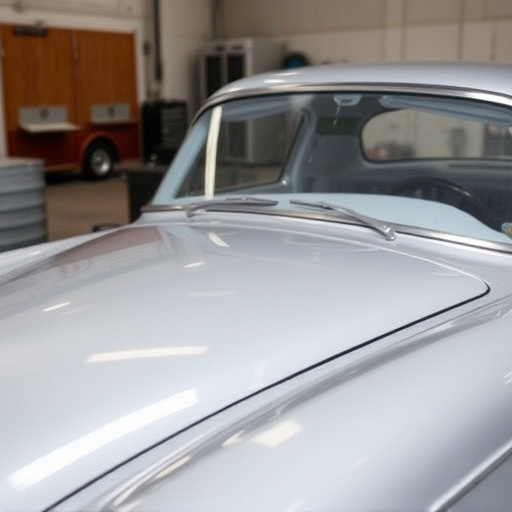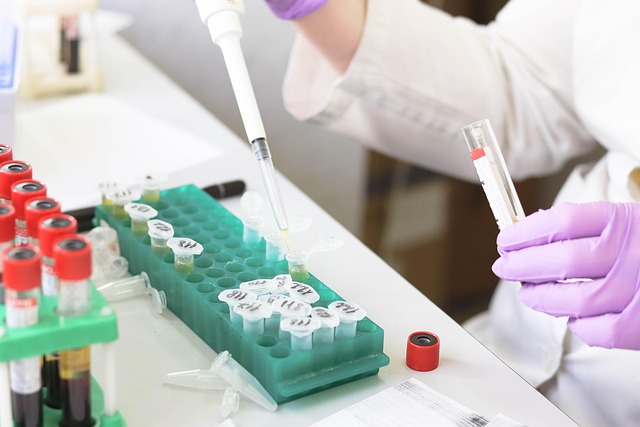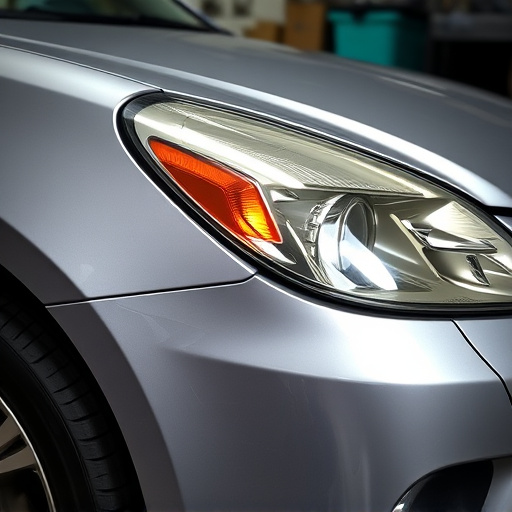Eco-friendly paint systems revolutionize district collision repair by reducing environmental impact with water-based low-VOC paints and advanced application methods. These innovations cut emissions, waste, and repair time while appealing to environmentally conscious customers, reshaping the industry for sustainability. Adopting green practices enhances public image, attracts eco-conscious clients, and promotes responsible automotive repair within district collision repair shops.
In today’s environmentally conscious era, district collision repair shops are seeking sustainable solutions. Eco-friendly paint systems offer a promising alternative, reducing environmental impact without compromising quality. This article explores the benefits and implications of adopting green paint technologies in district collision repair. We provide a comprehensive guide on implementing these practices, helping shops navigate the transition to more sustainable operations while maintaining high-quality repairs.
- Understanding Eco-Friendly Paint Systems in Collision Repair
- Benefits and Impact on District Collision Repair Shops
- Implementing Green Practices: A Step-by-Step Guide for Success
Understanding Eco-Friendly Paint Systems in Collision Repair
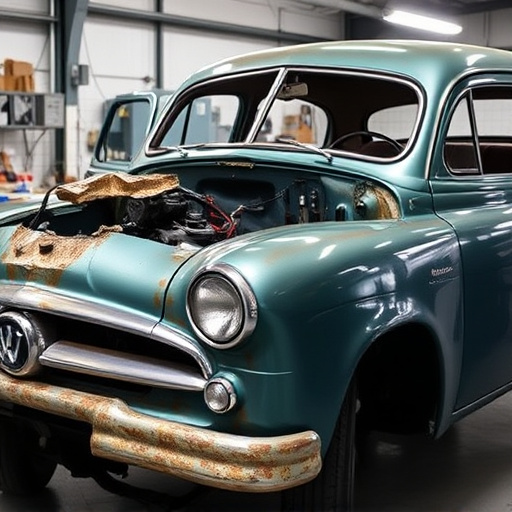
In the realm of district collision repair, eco-friendly paint systems are revolutionizing the traditional automotive repair process. These innovative solutions offer a sustainable alternative to conventional painting methods, addressing the growing demand for environmentally conscious practices within the industry. By adopting eco-friendly paint systems, collision repair shops can significantly reduce their environmental impact without compromising on quality or durability.
Eco-friendly paint systems utilize water-based, low-VOC (volatile organic compound) paints and advanced application techniques. This approach minimizes harmful emissions, reduces waste generation, and promotes the use of biodegradable materials. Moreover, these systems enhance the overall efficiency of fender repair and frame straightening processes by offering faster drying times, improved color accuracy, and superior coverage. As a result, collision repair shops can streamline their operations while contributing to a greener future in automotive repair, catering specifically to the needs of environmentally conscious customers and ensuring a more sustainable district collision repair landscape.
Benefits and Impact on District Collision Repair Shops
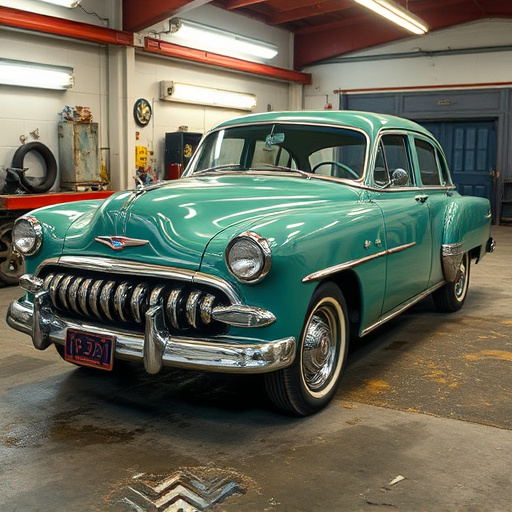
The adoption of eco-friendly paint systems in district collision repair shops brings a multitude of benefits, both for the environment and for the businesses themselves. By transitioning to these sustainable practices, collision repair centers can significantly reduce their carbon footprint. Traditional paint manufacturing processes often involve toxic chemicals, contributing to air and water pollution. Eco-friendly alternatives, however, utilize water-based or soy-based paints that are not only less harmful but also promote a healthier work environment for employees.
Moreover, these innovative systems offer cost savings in the long run. While the initial investment may be higher, reduced waste and lower disposal costs make eco-friendly paint a financially prudent choice. Additionally, with growing consumer awareness about sustainability, district collision repair shops that embrace green practices can enhance their public image and attract environmentally conscious customers. This shift towards sustainability also encourages a culture of responsibility within these businesses, fostering a commitment to both community well-being and long-term operational efficiency, thereby positioning them as leaders in the automotive repair services sector.
Implementing Green Practices: A Step-by-Step Guide for Success

Implementing eco-friendly practices in district collision repair shops is a journey that requires careful planning and commitment. Here’s a step-by-step guide to help ensure success. Start by assessing your current processes and identifying areas for improvement, focusing on waste reduction, energy efficiency, and sustainable material choices. Next, invest in training for staff to understand the importance of green practices and how to implement them safely and effectively. Transitioning to eco-friendly paint systems is a significant step. Research and adopt paints that are low in volatile organic compounds (VOCs), offering better air quality and reduced environmental impact.
Additionally, consider the entire lifecycle of these products, from manufacturing to disposal. Implement proper waste management strategies, such as capturing and recycling solvent emissions and properly disposing of hazardous waste. For district collision repair shops aiming for luxury vehicle repair excellence, integrating sustainable practices not only benefits the environment but also enhances your reputation among environmentally conscious customers. Remember, adopting green practices is an ongoing process, requiring regular review and adaptation to stay aligned with industry best practices and evolving environmental standards in vehicle collision repair.
District collision repair shops have a unique opportunity to embrace eco-friendly paint systems, reducing their environmental impact and contributing to a greener community. By understanding the benefits and implementing sustainable practices, these businesses can thrive as leaders in the industry. This step-by-step guide has outlined a path towards success, highlighting the positive changes that can be achieved when adopting green initiatives. With the right approach, district collision repair can become a model for environmental stewardship while offering top-quality services.
